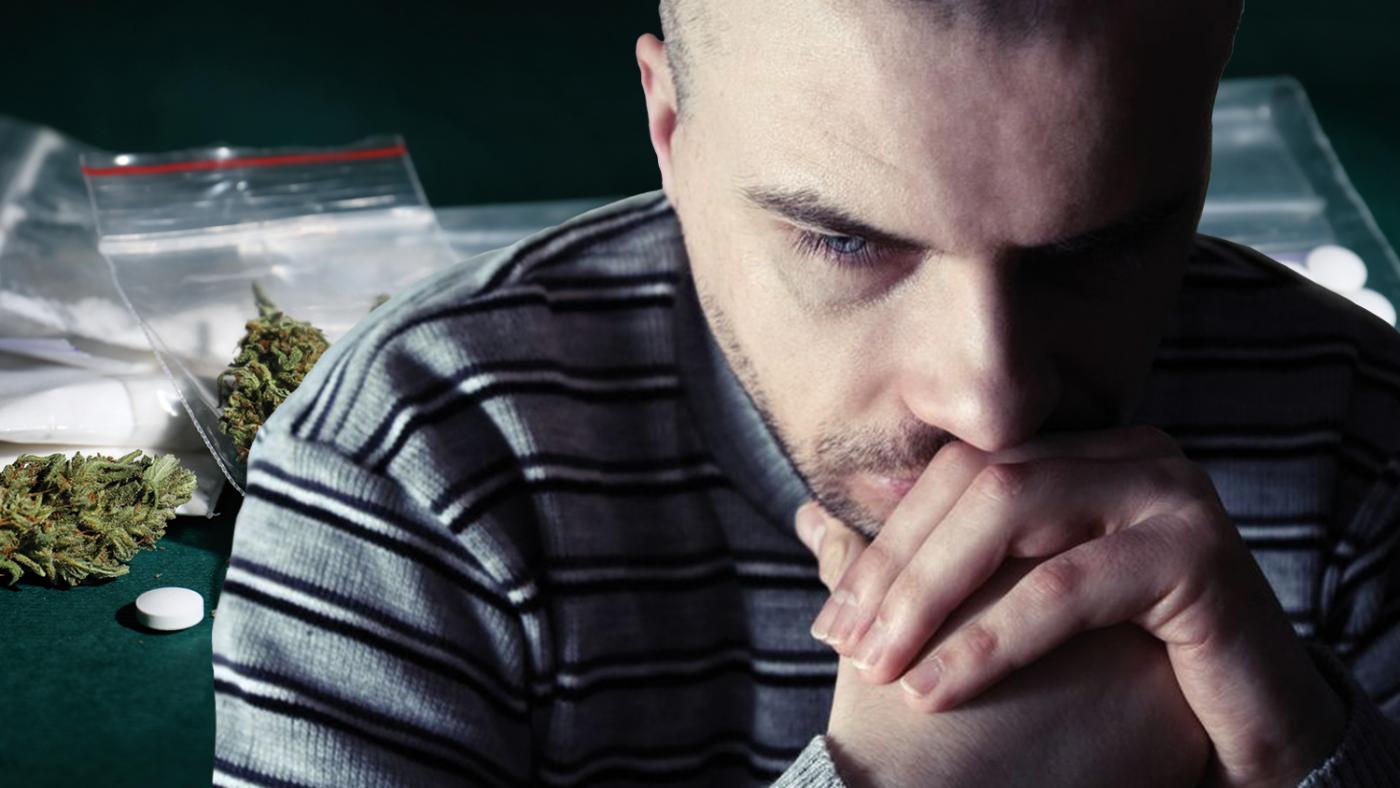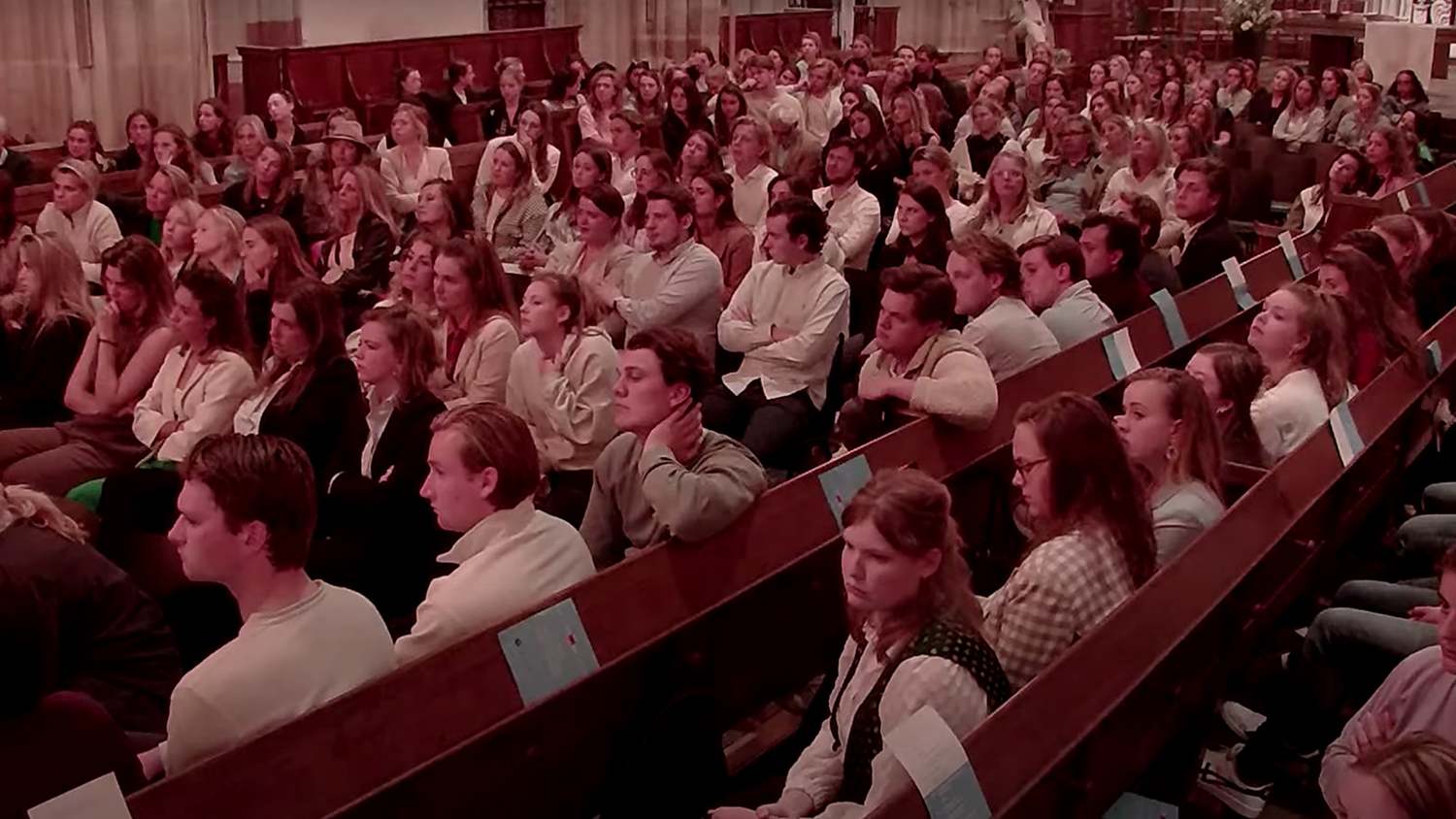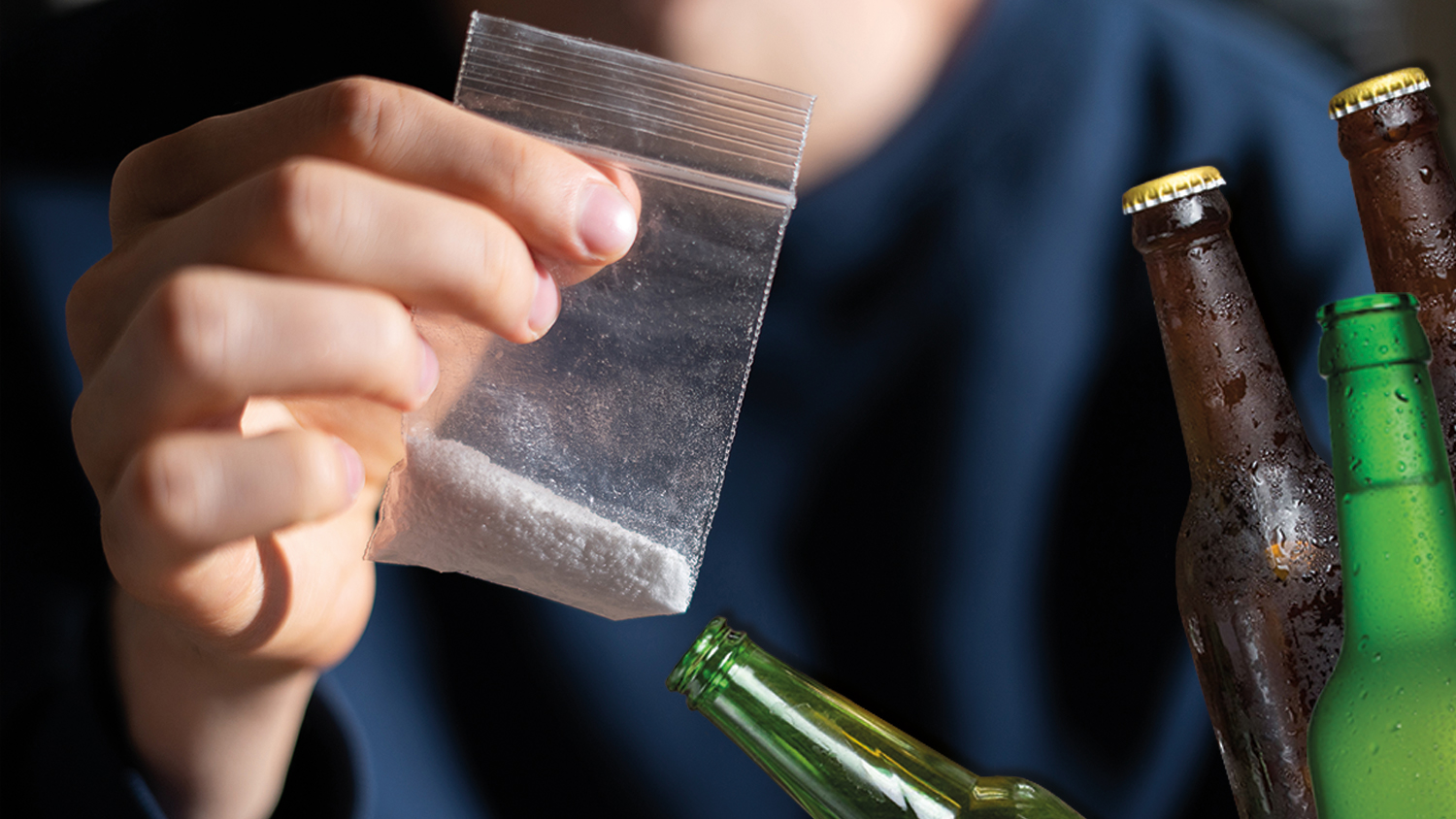‘Bumps worse than beers’: concerns raised about students' drug use

"Time to put it on the table" was the title of a conference organised by several student associations in the Dom church. The conference was part of the campaign "Where do you draw the line?", kickstarted by student association UVSV in May with the goal of raising students' awareness of the negative consequences of excessive drug use. Dutch media outlets quickly jumped on the topic. Newspaper De Volkskrant wrote: "If university students themselves are sounding the alarm about cocaine use, then something must be up". Another newspaper, NRC, published a story titled "For students, pressure comes from all directions – and so do alcohol and drugs".
“The fact that the consequences of drug abuse are being highlighted by students in Utrecht doesn’t mean this is an issue exclusive to students in Utrecht. Data from the Trimbos Institute show that, throughout the entire country, it is becoming more and more mainstream to use both ‘soft’ and ‘hard’ drugs frequently, mostly during a night out with friends”, states Kim Appel, President of student association C.S. Veritas.
When asked whether Veritas' board has noticed any changes in drug use among its members, Kim replies that the use of drugs is not directly visible within the association. “At our association, the use, sale, and possession of drugs are strictly prohibited. The punishment is so severe that there is basically no drug use at the association. Members who do use drugs on our premises and at our events are barred from the association for life. On the other hand, we've noticed that drug use at home is increasing among our members and other students. It is a phenomenon that started during the Covid-19 pandemic. Students were bored and felt isolated, so they needed a distraction. And that distraction wasn’t just found in alcohol, but in other narcotics and stimulants as well. The more students use drugs frequently, the more students will start considering it 'normal'. This normalisation in turn will ensure that more students will start using drugs”, according to Kim. Although the excessive use of alcohol was also discussed at the conference, drinking (lots of) beer is widely regarded as a standard part of student life.
There is no evidence that drug abuse has significantly increased all of a sudden
To prevention expert Eva Kalism, from Jellinek addiction care, all the newspaper articles about increased drug use among students are actually contributing to normalising drug use among them. “'Oh, apparently everyone’s doing it, so it’s normal'. By insisting on normalisation they contribute to the normalisation. By the way, the vast majority of students don’t use drugs at all.”
She refers to data from a study of Dutch students conducted by the Trimbos Institute in the spring of 2021. According to this research, 12.5 percent of Dutch students have used Cocaine at some point, while 7.5 percent of them used cocaine at least once in the past year, and 2.5 percent of them used it in the month the survey was conducted. That means the vast majority of respondents don’t use it at all. "If you compare this to ecstasy – the most popular illegal drug in the Netherlands – the percentages are much higher: 22.9 percent of students have used it at some point, 13 percent used it in the past year, and 3.3 percent used it in the past month. Compare this to alcohol: only six percent of students don’t drink it at all. So we’re much more worried about the excessive use of alcohol and the acceptance of it, than about cocaine use,” Kalis explains.
It’s hard to say whether the use of the so-called hard drugs has increased among students, adds Kalis. “These are the first data specifically about students and hard drugs. Studies conducted in the past featured target groups that included students, but they can’t really be compared. These are studies conducted with a certain age group, some of whom were students. If you look at that, there is no proof that drug use has significantly increased all of a sudden. We have been noticing a slight increase over the past several years, however. The Trimbos student monitor does not focus on specific groups, like students affiliated with associations. There might have been an increase within a certain association, but that doesn’t mean the same is true for the student population as a whole.”
Having a bump of coke at the student association was not a good experience
According to a 22-year-old HU student who prefers not to reveal his name, the use of illegal drugs has increased among her group of friends after the Covid-19 pandemic broke out. “At first, I’d use coke occasionally, with a friend, after the final exams. That would be four, five times a year. But that increased to about four times a month during the lockdowns.” Whether that would classify as excessive drug use, Kalis from the Trimbos Institute can’t say. “We don’t count glasses and amounts. Instead, we look at the influence drugs have on someone’s life.” Asked whether the extent to which cocaine use has influenced the 22-year-old’s life, he says he’s probably skipped a class or two due to a heavy hangover. “We had so few obligations during the pandemic. We could watch our class from our beds the next day, so partying all night didn’t really affect other things in my life, because my studies took a lot less effort.” Now that things have gone back to normal, the old obligations are back and students are hanging out at the associations more often, he’s been using cocaine a little less. “I did use a bit of coke at an association event once, but it wasn’t a good experience. I was too afraid of getting caught.”
Asked whether the extent to which cocaine use has influenced the 22-year-old’s life, he says he’s probably skipped a class or two due to a heavy hangover. “We had so few obligations during the pandemic. We could watch our class from our beds the next day, so partying all night didn’t really affect other things in my life, because my studies took a lot less effort.” Now that things have gone back to normal, the old obligations are back and students are hanging out at the associations more often, he’s been using cocaine a little less. “I did use a bit of coke at an association event once, but it wasn’t a good experience. I was too afraid of getting caught.”
We rely on help from our social networks
Veritas' president says that he is "obviously not aware of everything" when it comes to members' use of illegal drugs “because it’s not allowed to use drugs at the association. It’s good to realise that we’re most likely not the exception to the rule, and that there are probably members who do use excessively.”
Kim isn’t too concerned about the future. “The social network of a student association plays a role in this phenomenon. On the one hand, ‘peer pressure’ will lead to more drug use, but on the other hand, there’s a large social network to raise the alarm if things start to go wrong. Of course we do worry about our members when excessive use occurs more often and starts to have negative consequences on students 'lives, but we also know that our members’ social network helps offer the right help to these students.”
The campaign and the conference seem to stem from the experiences of student associations, thinks prevention expert Eva Kalis from Jellinek. Whether illegal drug use among students has truly increased since Covid won’t be proven until Trimbos publishes new data, says Kalis, who is more concerned about alcohol use. “Perhaps we should start wondering whether the normalisation of alcohol hasn’t already permeated student and association culture to such an extent that it’s not even seen as an issue at all.”